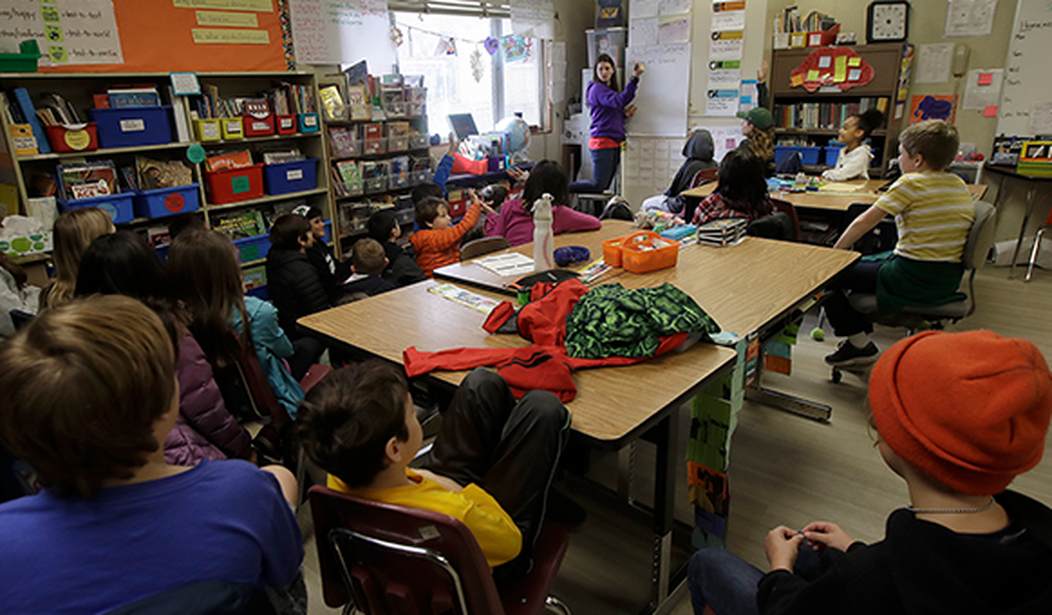Remember during the Act 10 protests when Wisconsin’s gluttonous teachers unions insisted their political temper-tantrums were all about the kids?
The claim raised the eyebrows of Wisconsinites who had watched the labor groups for decades bleed taxpayers dry.
They were back at the Capitol again on Monday, making the same dubious arguments—this time demanding that teachers shouldn’t have to go back into the classroom while COVID-19 persists.
The state’s four largest teachers unions want you to know they’re protesting once again—for the kids.
“We have districts marching teachers and students into an unsafe position in which teachers and students are likely to contract COVID,” said Angelina Cruz, president of Racine Educators United. “It is unsafe, because our schools are not fully funded in a way that can address all of the safety concerns we have.”
In protests around the country on Monday, some teachers union members used the same over-the-top tactics they employed during the 2011 battle over Act 10, Wisconsin’s successful public-sector collective-bargaining reform law. Some held mock gravestones and makeshift coffins, while in Wisconsin an attorney was on hand to help teachers write their wills.
Good Lord.
It’s understandable that teachers and staff, particularly those in the more vulnerable categories, are concerned about being in classes while the pandemic goes on.
But if it’s really about the kids (and science), then perhaps the educators pushing for all virtual learning should consider the latest Centers for Disease Control & Prevention guidance.
Recommended
The science tells us that children who do become infected are far less likely to suffer severe symptoms. As the CDC notes, death rates among school-aged children are much lower than among adults.
Meanwhile, we have learned what effectively spending another semester—at least—in virtual isolation can do to the mind, particularly the developing mind.
“[T]he harms attributed to closed schools on the social, emotional, and behavioral health, economic well-being and academic achievement of children, in both the short- and long-term, are well-known and significant,” the CDC notes in a July 23 information paper titled, “The Importance of Reopening America’s Schools this Fall.”
“Further, the lack of in-person educational options disproportionately harms low-income and minority children and those living with disabilities. These students are far less likely to have access to private instruction and care and far more likely to rely on key school-supported resources like food programs, special education services, counseling and after-school programs to meet basic developmental needs,” the paper notes.
What educators must surely acknowledge is the lost spring that left just about every child behind. What will another semester of incomplete public distance education do? Another year?
The teachers unions’ answer is what it has always been, pandemic or not: dump more taxpayer money on the problem. Not into the classrooms this time, but into internet capacity so that teachers can once again teach a few hours a day online while parents struggle to find workday childcare for their kids.
“We are concerned about tens of thousands of students in rural locations, in cities, as well as suburban locations that have inefficient internet connectivity,” Amy Mizialko, president of Milwaukee Teachers’ Education Association said.
Concerned? Then get them back to school, back into classrooms. Find ways to minimize the spread of the disease while remaining functional, like childcare facilities have done successfully for the past five months.
If it’s about the kids, then it’s time to be there—really there—for the students.


















Join the conversation as a VIP Member